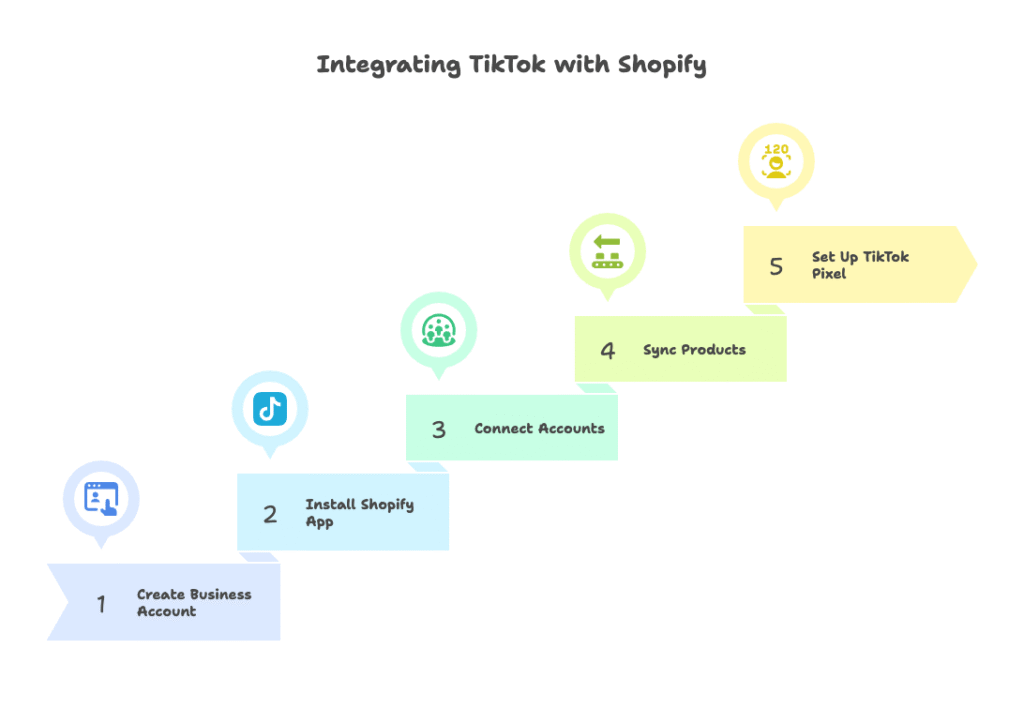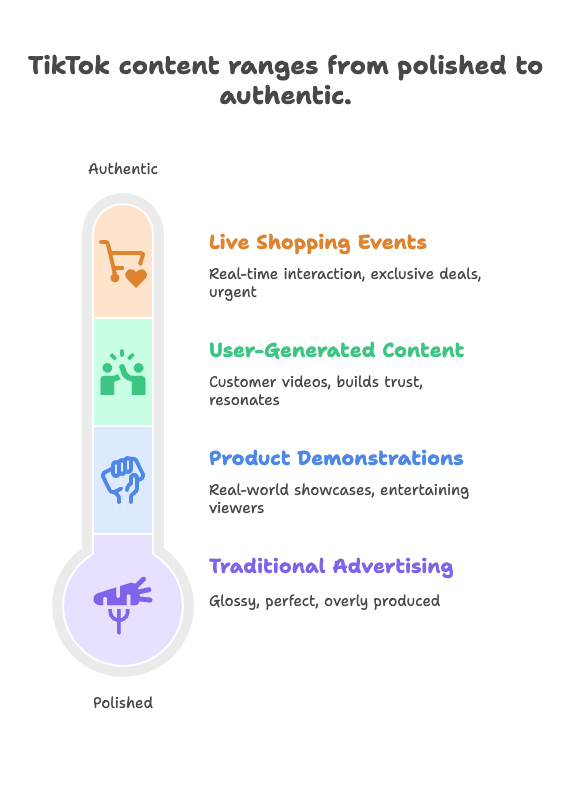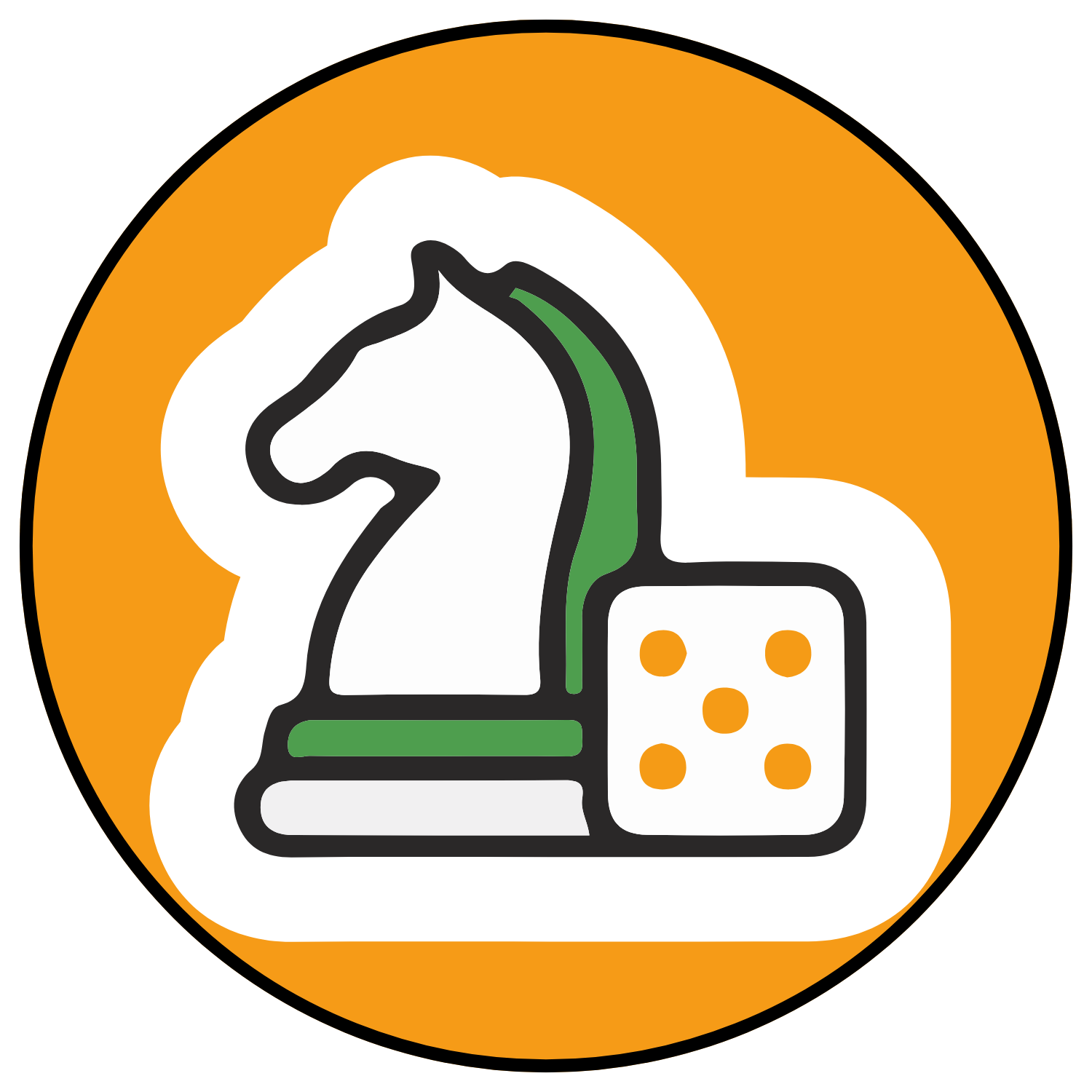Picture this: Your Shopify store is running smoothly, but sales have plateaued. You’ve tried Facebook ads, Instagram marketing, and even Pinterest campaigns. Then you hear whispers about TikTok driving massive sales for e-commerce brands. Should you jump in?
The answer is a resounding yes. But not for the reasons you might think.
TikTok isn’t just another social media platform where you post content and hope for the best. It’s become a powerful sales engine that can transform how customers discover and buy from your Shopify store. By the end of this guide, you’ll understand exactly how to harness TikTok’s unique advantages, set up seamless integrations with your store, and create a sustainable sales channel that grows your revenue while protecting your brand.
The Rise of TikTok in E-Commerce
Let’s start with the numbers that matter. TikTok boasts over a billion active users worldwide, with a predominantly Gen Z and millennial audience that has serious spending power. But here’s what makes this platform special for Shopify store owners: these users don’t just scroll passively.
They discover. They engage. They buy.
TikTok’s social commerce features allow users to discover products and complete purchases without ever leaving the app. This creates a frictionless shopping experience that traditional social platforms simply can’t match. The platform’s sophisticated algorithm learns user preferences quickly, meaning your products can reach the right audience faster than on any other channel.
Perhaps most importantly, early adopters still enjoy a significant competitive advantage. While Instagram and Facebook ads have become increasingly expensive and competitive, TikTok’s advertising landscape remains relatively affordable. Smart Shopify store owners are capitalizing on this window of opportunity before it closes.
TikTok’s Unique Blend of Entertainment and Shopping
What sets TikTok apart isn’t just its user base—it’s how seamlessly the platform blends entertainment with commerce. Users come to TikTok to be entertained, but they stay to shop. The platform’s short-form video format, combined with shopping tabs and live selling features, creates an environment where product discovery feels natural and exciting.
Viral trends and challenges can catapult unknown brands into household names overnight. The algorithm doesn’t favor established brands with huge budgets. Instead, it rewards engaging content that resonates with users. This levels the playing field for Shopify store owners who understand how to create authentic, compelling content.
The direct integration between TikTok and Shopify creates smooth customer journeys. When a user discovers your product on TikTok, they can move from interest to purchase in just a few taps. No awkward redirects. No complicated checkout processes. Just seamless shopping.
How TikTok Differs from Other Social Platforms for Shopify
You might wonder: “How is TikTok different from Instagram or Facebook for my Shopify store?” The differences are substantial and game-changing.
TikTok’s discovery mechanism is far more powerful than traditional social platforms. While Instagram relies heavily on hashtags and follower relationships, TikTok’s algorithm can surface your content to interested users even if they’ve never heard of your brand. This organic reach potential is unmatched.
The platform’s virality factor operates on a different scale. A single well-crafted TikTok can reach millions of users within hours, something that would require significant ad spend on other platforms. Plus, TikTok’s evolving suite of Shopify-native tools provides better analytics and more direct sales integration than you’ll find elsewhere.
Setting Up: Integrating TikTok with Your Shopify Store
Ready to dive in? Great. But before you start creating content, you need to establish a solid foundation. Setting up TikTok for your Shopify store isn’t complicated, but doing it right from the start will save you countless headaches later.

Prerequisites and Initial Steps
Your first step is creating and configuring a TikTok Business account specifically designed for commerce. This isn’t the same as a personal TikTok account—business accounts unlock features that are crucial for driving sales.
Start by visiting TikTok for Business and selecting “Create Account.” Choose your business category carefully, as this affects which features become available to you. For Shopify store owners, categories like “E-commerce,” “Retail,” or your specific product niche work best.
During setup, provide accurate business information including your website URL, business description, and contact details. TikTok uses this information for account verification and to determine which commerce features you can access. The verification process typically takes 1-3 business days, so plan accordingly.
Next, download the official TikTok app from the Shopify App Store. This app serves as the bridge between your TikTok presence and your Shopify store, enabling features like automatic product syncing and integrated analytics.
Once installed, you’ll need to connect three key TikTok accounts: your TikTok For Business account, Ads Manager, and Business Center. This might seem redundant, but each serves a specific purpose. Your Business account manages your public presence, Ads Manager handles paid campaigns, and Business Center oversees commerce features and analytics.
Don’t forget about team collaboration. If multiple people will manage your TikTok strategy, set up proper roles and permissions now. You can assign specific team members to handle content creation, customer service, or ad management without giving everyone full account access.
Syncing Products and Setting Up TikTok Shop
Here’s where the magic happens. Syncing your Shopify product catalog with TikTok transforms your store inventory into shoppable content across the platform.
The sync process is largely automated, but you’ll want to optimize your product data for TikTok’s requirements. High-quality images, compelling product descriptions, and accurate pricing information are essential. TikTok’s approval process for products can be strict, so ensure your product data meets their commerce policies before syncing.
Once your products are synced, you can start adding product tags to your TikTok videos. These tags make your content shoppable, allowing viewers to tap and purchase products directly from your videos. The key is striking a balance—tag products naturally without making your content feel overly promotional.
Setting up the TikTok Pixel is your next crucial step. This piece of code tracks user behavior on your Shopify store, providing valuable data for both organic content optimization and paid advertising campaigns.
TikTok offers three data sharing levels: Standard, Enhanced, and Maximum. Standard sharing provides basic conversion tracking. Enhanced sharing includes additional customer data for better targeting. Maximum sharing unlocks TikTok’s most sophisticated targeting options but requires careful consideration of privacy implications.
Choose your data sharing level based on your privacy policy and customer expectations. Most Shopify store owners find Enhanced sharing provides the best balance of functionality and privacy protection.
Content Creation Strategy: Building Authentic Engagement
Now comes the fun part—creating content that not only entertains but drives sales. TikTok content creation is both an art and a science, requiring creativity, authenticity, and strategic thinking.

Crafting Effective TikTok Content for Shopify Brands
The biggest mistake Shopify store owners make on TikTok is trying to create “perfect” content. TikTok users crave authenticity over polish. They want to see the real people behind brands, not glossy advertisements.
Your content should emphasize authenticity, humor, and relatability while avoiding the overly polished feel of traditional advertising. Think of TikTok as a conversation with friends rather than a formal business presentation. Users scroll quickly, so you have seconds to capture attention with genuine, engaging content.
Leverage trending audio, memes, and challenges to join viral conversations. But here’s the key: don’t force your brand into trends that don’t make sense. Instead, find trends that naturally align with your products or brand personality. A jewelry brand might participate in “get ready with me” trends, while a home decor store could join organization challenges.
User-generated content is TikTok gold. Encourage customers to share videos featuring your products, then amplify the best content through your official account. This builds trust and community while providing you with authentic content that resonates with potential customers.
Product Demonstrations and Storytelling
Product demonstrations on TikTok work differently than traditional product videos. Instead of formal presentations, create short, engaging showcases that highlight your products in real-world situations.
Show, don’t just tell. A skincare brand might create a “morning routine” video featuring their products. A fashion retailer could share “outfit transformation” content. The goal is demonstrating value while entertaining viewers.
Behind-the-scenes content performs exceptionally well on TikTok. Show how your products are made, introduce your team, or share your brand’s origin story. This human element helps build emotional connections that translate into sales.
How-to videos and tutorials serve dual purposes: they provide value to viewers while showcasing your products’ practical applications. A kitchen gadget company might share quick recipe videos, while a tech accessories brand could create phone organization tips.
Real customer stories and testimonials add social proof to your content strategy. But make these feel natural, not scripted. Authentic customer reactions and reviews carry more weight than polished testimonials.
Live Shopping Events and Real-time Selling
TikTok Live Shopping events create urgency and enable real-time customer interaction. These events can significantly boost conversion rates by combining entertainment with immediate purchasing opportunities.
Plan your live shopping events strategically. Announce them in advance, prepare exclusive deals for live viewers, and create a content plan that balances product showcases with audience interaction. The most successful live shopping events feel like intimate shopping experiences with a knowledgeable friend.
During live events, utilize TikTok’s interaction features actively. Respond to comments, conduct polls, and answer questions in real-time. This engagement makes viewers feel valued and increases the likelihood of purchases.
Pin products during your live streams to make purchasing seamless. Offer exclusive live-stream deals that create genuine urgency—limited quantities or time-sensitive discounts that viewers can only access during the event.
Best Practices for Optimizing Content Performance
Timing matters on TikTok, but not in the way you might expect. Rather than posting at arbitrary “optimal times,” analyze your audience insights to understand when your specific followers are most active. TikTok’s algorithm favors consistent posting, so establish a realistic schedule you can maintain.
Most successful Shopify brands post 1-3 times daily, but quality trumps quantity. It’s better to post one excellent video per day than three mediocre ones.
Visual and audio optimization can make or break your content’s performance. Use text overlays and captions to ensure your content is accessible to users who watch without sound—which is surprisingly common on TikTok.
Stick to TikTok’s recommended aspect ratios (9:16 vertical videos) and optimal durations (15-60 seconds for most content types). The platform’s algorithm favors content that follows these technical guidelines.
Running TikTok Ads: From Setup to Scaling
Organic content builds your foundation, but TikTok ads accelerate your growth. The platform’s advertising options are sophisticated yet accessible, offering Shopify store owners powerful tools for driving targeted traffic and sales.
Setting Up TikTok Ad Campaigns on Shopify
Start by choosing the right campaign objective. For Shopify store owners, three objectives typically work best: Traffic (driving visitors to your store), Sales (optimizing for purchases), and App Installs (if you have a mobile app).
TikTok offers several ad formats, each serving different purposes. In-feed videos appear in users’ main feeds and offer the most versatility. Video Shopping Ads include prominent shopping features that make purchasing easier. Branded Hashtag Challenges can drive massive engagement but require larger budgets.
For most Shopify stores starting with TikTok ads, in-feed videos provide the best balance of cost-effectiveness and results. These ads look like organic content but include call-to-action buttons that drive traffic to your store.
Understanding TikTok’s auction model is crucial for budget management. The platform uses a second-price auction system where you pay slightly more than the second-highest bid. Set budgets conservatively when starting—TikTok’s algorithm needs time to optimize your campaigns.
Shopify’s TikTok Ads Manager integration simplifies campaign management by connecting your store data directly to TikTok’s advertising platform. This enables automatic optimization based on actual sales data rather than just clicks or views.
Advanced Optimization and A/B Testing
Successful TikTok advertising requires systematic testing and optimization. Start by testing different creative approaches—try various video styles, hooks, and calls-to-action to see what resonates with your audience.
Test one variable at a time for clearer insights. If you’re testing video styles, keep your audience targeting and budget consistent. If you’re testing audiences, use the same creative across all test groups.
Pay attention to key metrics beyond just cost per click. View time indicates how engaging your content is. High view times with low click-through rates might suggest your content is entertaining but not compelling enough to drive action. Conversely, high click-through rates with low conversion rates might indicate a mismatch between your ad and landing page.
Revenue per view is your ultimate success metric. This tells you how much revenue each ad view generates, helping you understand the true value of your campaigns. Use this metric to guide budget allocation between different campaigns and creative approaches.
Influencer & Community Strategies: Amplifying Reach
TikTok influencers can amplify your reach exponentially, but successful influencer partnerships require strategy and careful selection. The goal isn’t just exposure—it’s authentic endorsements that drive sales.
Partnering with TikTok Influencers
Finding the right influencers starts with audience alignment, not follower count. A micro-influencer with 50,000 engaged followers in your target demographic often delivers better results than a mega-influencer with millions of unrelated followers.
Look for influencers whose content style matches your brand values and whose audience genuinely engages with their posts. High comment rates and meaningful interactions matter more than vanity metrics like follower counts.
When approaching influencers, be clear about campaign expectations while allowing creative freedom. The best influencer content feels natural and authentic—exactly what their audience expects from them. Overly scripted partnerships often perform poorly because they feel inauthentic.
Negotiate terms that benefit both parties. Consider offering commission-based partnerships where influencers earn a percentage of sales they generate. This aligns their incentives with your goals and often produces better results than flat-fee arrangements.
Track influencer campaign performance using custom tracking links and UTM codes. This data helps you identify which influencers drive actual sales versus just awareness, informing future partnership decisions.
Repurposing Influencer and User-Generated Content
Great influencer content shouldn’t live only on the influencer’s account. With proper permissions, repurpose compelling influencer videos across your marketing channels—your own TikTok account, Instagram, paid ads, email campaigns, and even your Shopify store’s product pages.
User-generated content often outperforms brand-created content because it feels more authentic and trustworthy. Build campaigns that encourage customers to create and share content featuring your products. Consider running contests or offering incentives for the best user-generated videos.
Create branded hashtags that customers can use when sharing content about your products. Monitor these hashtags regularly to discover content you can share or respond to, building community around your brand.
Navigating TikTok’s Evolving Landscape and Diversification
TikTok’s regulatory environment continues evolving, with potential restrictions or bans in some markets. Smart Shopify store owners prepare for these possibilities while maximizing current opportunities.
Develop backup plans that include alternative platforms and marketing channels. Instagram Reels, YouTube Shorts, and other short-form video platforms can serve as alternatives if TikTok becomes unavailable in your market.
Don’t rely solely on TikTok for growth, no matter how successful your campaigns become. Maintain an omnichannel presence that includes email marketing, search engine optimization, and other social platforms. This diversification protects your business while maximizing reach.
Shopify-Specific Optimization and Compliance
TikTok integration with Shopify unlocks powerful optimization opportunities, but success requires attention to technical details and policy compliance.
Optimizing TikTok Sales Funnel for Shopify
Streamline your checkout process by leveraging TikTok’s native checkout features alongside Shopify’s robust backend. When possible, enable in-app purchasing to reduce friction in the customer journey. However, ensure your regular Shopify checkout process is equally smooth for customers who prefer to shop on your website.
Automate inventory synchronization between TikTok and Shopify to prevent overselling popular products featured in viral videos. Nothing damages credibility faster than customers discovering their desired items are out of stock after being featured in your content.
Set up automated order alerts and customer service workflows that account for TikTok-driven sales spikes. Viral content can drive sudden traffic increases that overwhelm unprepared stores.
Merchandise strategically for TikTok by curating collections that work well in video content. Consider creating limited-edition products or exclusive drops that generate urgency and encourage immediate purchases.
Ensuring Policy Compliance and Protecting Brand Reputation
Both TikTok and Shopify have specific content and advertising guidelines that you must follow. Familiarize yourself with these policies and review them regularly, as they change frequently.
Pay particular attention to TikTok’s community guidelines regarding promotional content. The platform penalizes overly promotional accounts, so maintain a balance between selling and entertaining.
Monitor customer feedback and reviews on both platforms actively. Respond promptly to concerns and address issues before they escalate. Your reputation on TikTok can significantly impact your Shopify store’s credibility.
Develop clear policies for handling returns, refunds, and customer service inquiries that originate from TikTok. Ensure these policies are easily accessible and consistent across all your sales channels.
Practical Next Steps & Action Plan for Shopify Store Owners
Knowledge without action is worthless. Here’s your roadmap for implementing everything we’ve covered, with specific milestones and timelines to keep you on track.
Building and Testing Your TikTok Sales Channel
Start with this step-by-step checklist for your initial integration:
- Week 1: Create TikTok Business account, install Shopify app, sync product catalog
- Week 1: Set up TikTok Pixel with Enhanced data sharing
- Week 2: Create first batch of 7-10 organic content pieces
- Week 2: Launch first small-budget ad campaign ($10-20 daily)
- Week 3: Analyze performance data and optimize based on results
- Week 4: Scale successful campaigns and content types
Your first month’s content calendar should blend organic posts, paid advertisements, and if budget allows, one influencer collaboration. Aim for a mix that’s 60% organic content, 30% paid promotion, and 10% influencer partnerships.
Track these measurement milestones:
- Week 1: Account setup completion, first organic post published
- Week 2: First 1,000 video views, first click to your Shopify store
- Week 4: First TikTok-driven sale, baseline engagement metrics established
Scaling and Iteration
Scale your TikTok efforts when you see consistent positive ROI. Increase ad spending gradually—doubling budgets weekly for successful campaigns usually works well. If you’re seeing 3x return on ad spend consistently, consider increasing budgets more aggressively.
Invest in additional influencer partnerships when organic content and paid ads are performing well. This typically happens 2-3 months after launch for most Shopify stores.
Consider hiring dedicated TikTok staff when you’re spending $1,000+ monthly on TikTok marketing and seeing consistent results. This investment usually pays for itself through improved content quality and faster optimization cycles.
Maintain flexibility as TikTok’s features and policies evolve. The platform updates frequently, and staying current with new features often provides competitive advantages.
Avoiding Common Pitfalls
Don’t chase virality at the expense of sales. Viral videos that don’t drive revenue might boost your ego, but they won’t grow your business. Focus on content that engages your target customers, not just the general TikTok audience.
Avoid over-reliance on single content types or advertising strategies. Diversify your approach to protect against algorithm changes or policy updates that might impact specific tactics.
Never sacrifice brand integrity for short-term TikTok success. Trends come and go, but your brand reputation lasts forever. Participate in trends that align with your values, and skip those that don’t.
TikTok offers incredible opportunities for Shopify store owners willing to invest time and effort into understanding the platform. Success won’t happen overnight, but with consistent effort and strategic thinking, TikTok can become a significant revenue driver for your business.
Start small, test systematically, and scale what works. Your future self will thank you for taking action today.
References
- Carro. “TikTok marketing for Shopify stores: How to get it right.” GetCarro. https://www.getcarro.com/blog/tiktok-marketing-for-shopify-stores-how-to-get-it-right
- Shopify. “2025 Guide to TikTok Marketing: Effective Tips and Strategies.” Shopify Blog, Aug 12, 2024. https://www.shopify.com/blog/tiktok-marketing
- Eastside Co. “How To Run TikTok Ads For Shopify Stores.” Eastside Co, Aug 23, 2024. https://eastsideco.com/blog/tiktok-advertising-shopify-stores
- DataFeedWatch. “How to Sell Shopify Products on TikTok: The Ultimate Guide.” DataFeedWatch, Mar 21, 2024. https://www.datafeedwatch.com/blog/tiktok-shopify-guide
- Deploi. “Integrating TikTok with Shopify: Boost Your Business with Social Media Video Marketing.” Deploi, Oct 25, 2023. https://deploi.ca/blog/integrating-tiktok-with-shopify-boost-your-business-with-social-media-video-marketing
Ready to supercharge your Shopify store’s sales with perfectly optimized discount strategies that work seamlessly with your TikTok campaigns? Growth Suite is a free Shopify app that helps you convert more TikTok visitors into customers by intelligently presenting time-limited discount offers to hesitant buyers. The app tracks visitor behavior, predicts purchase intent, and strategically presents personalized offers that create genuine urgency without cheapening your brand. Install Growth Suite with a single click and start turning your TikTok traffic into revenue!




